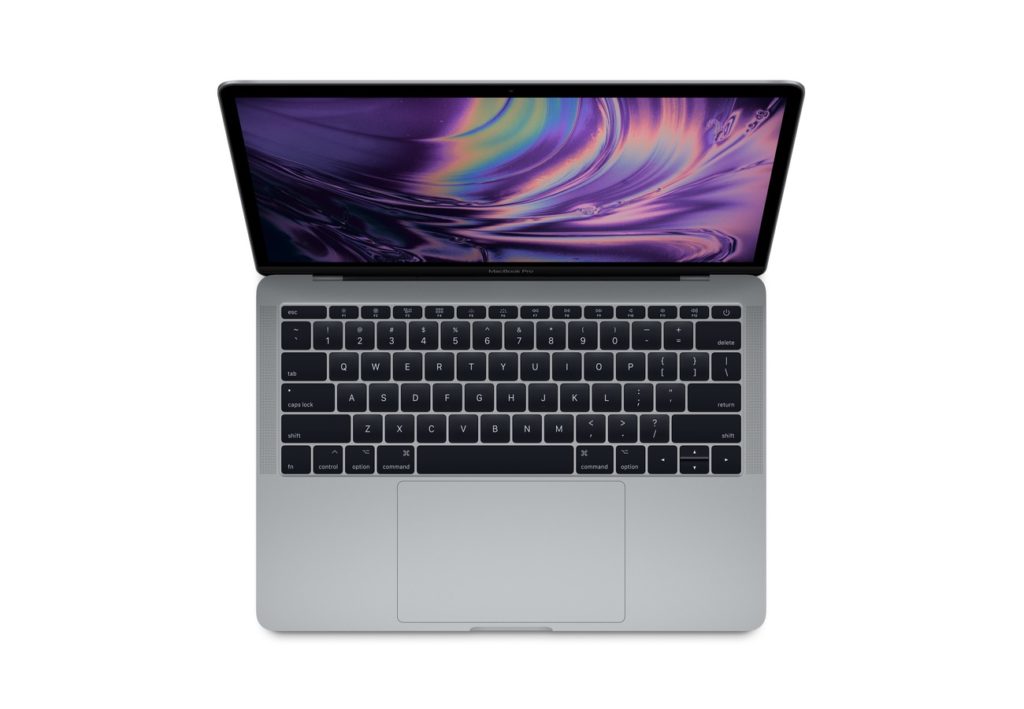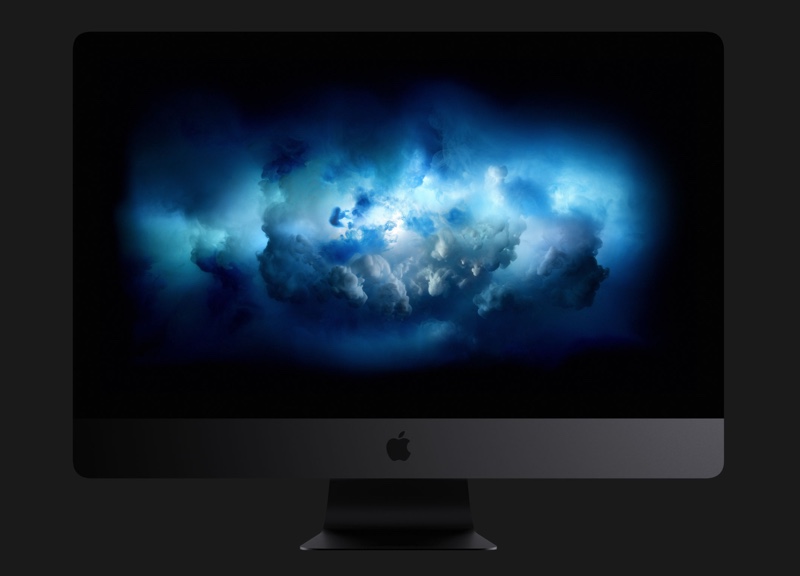
If you are a Mac user who is experiencing the issue where Mac loading bar is frozen, then we are here to help. In this case, the main point is to access your data and you cannot do it unless the issue is fixed, especially if there is no backup at all!
The problem usually occurs after OS update installs. If you have updated macOS, then the restart time will be longer than usual. However, if after a few hours, there is zero progress in the restart, this indicates that your system has some other issue and needs troubleshooting.
Given your Mac stuck with loading screen, here are a few fixes that should fix this issue.
Things to do when Mac loading bar is frozen or stuck

1. Restart Your System
We all know that any issue on your computer can be fixed by a simple restart. Although this method does not work all the time, however, it is still worth giving a try.
In order to restart your computer when the Mac loading bar is stuck, simply hold the power button for nearly 10 seconds and wait for the system to turn off. And then power it back on. To be sure, unplug all cables such as USB drives, printers, or other devices.
2. Use Safe Mode
In case the restart method failed, try to access your system through Safe Mode. The benefit of using Safe Mode is is that you can stop your Mac from loading unnecessary applications that are not needed to start the system. In addition to it, it checks your system’s startup disk and removes caches. So, Safe Mode fixes the trouble when your Mac is stuck on the loading screen.
In order to enter the Safe Mode, you need to:
- Turn on your Mac and hold the ‘Shift’ key immediately on your keyboard. Repeat until you see the login window on the screen.
- When you see the sign-in screen, log-in your Mac, if necessary
- If your computer enters Safe Mode, you will see a ‘Safe Boot’ on the top-right corner of the screen.
If you entered Safe Mode, but cannot go back to the normal mode means that your software has some issues. In order to figure out the issue, follow the steps below:
- Reboot your system and immediately hold the ‘Command’ and ‘V’ key.
- Remember to hold both the keys till the log-in window appears; now you will enter the ‘Verbose Mode’. This mode gives additional details of what your system is doing as well as what drivers and software are loading.
This method helps you detect the software that is hindering the startup process. In case you have found that software, enter the Safe Mode and delete or reinstall the updated version of that problematic software.
3. Try Reset NVRAM
NVRAM means non-volatile random access memory. It is a RAM that keeps data without power to be turned on. It is unlike the normal and volatile RAM that erases the temporary data after the computer is shut down. Since NVRAM does not rely on power, it retains the data whether you have kept your system turned off or on.
However, the NVRAM can also cause some problems to your computer and you see the Mac loading bar is frozen. In order to reset the NVRAM, hold ‘Command+Option+P+R’ simultaneously during starting up your Mac.
You should see the problem fixed after this method. If not move on to the next method!
4. Go to the macOS Recovery Mode
In case your system startup disk is corrupted, this method is useful in fixing the problem. macOS uses a built-in tool, First Aid, to fix the disk. Through this tool, you can fix many issues occurring in your Mac’s internal drive. In order to use the First Aid, just:
- While starting up your system, Hold the ‘Command and R’ keys. This will make your system enter the ‘Recovery Mode’.
- Afterward, you will see the macOS the Utilities menu with recovery options. Here, select ‘Disk Utility’.
- Now select the disk partition you installed the macOS with, and on top of the window, click First Aid.
- Repeat the process until it has been done.
In case First Aid has successfully found the error, you can restart your computer safely. Otherwise use the Time Machine backup on the Disk Utility menu and restore your system to the previous condition. Make sure you have a backup file ready before starting the process.
5. Try Reformat Startup Disk & Reinstall the macOS
If all else fails, resort to the Reformat Startup Disk method. This way, you are attempting to initializing a new start for your computer. Remember, reformatting also means deleting all the data inside the startup drive.
In case of having important data that you need to keep before reinstalling macOS, use any third-party service such as iBoysoft Mac Data Recovery from Recovery Mode. This means it is not an issue even if you can’t get past the frozen loading bar. You should not be worried even if you lose data, simply follow the steps below:
- Go to macOS Utilities menu and choose the ‘Disk Utility’ option
- Select the drive you installed the macOS in, click ‘Erase’. This will remove data stored in that disk. Wait till the process is finished.
- Now you can reinstall macOS. Return to the ‘macOS Utilities’ menu.
- Choose ‘Reinstall macOS’. Follow the process as directed on the screen until the end of the process.
Specifically, this method should fix Mac stuck on the loading screen with Apple. In case the issue persists, contact the service center and get the hardware checked.
Were these methods helpful? Share with us in the comments below.
For more fixes for your Mac, stay tuned to iOSHacker.com.







